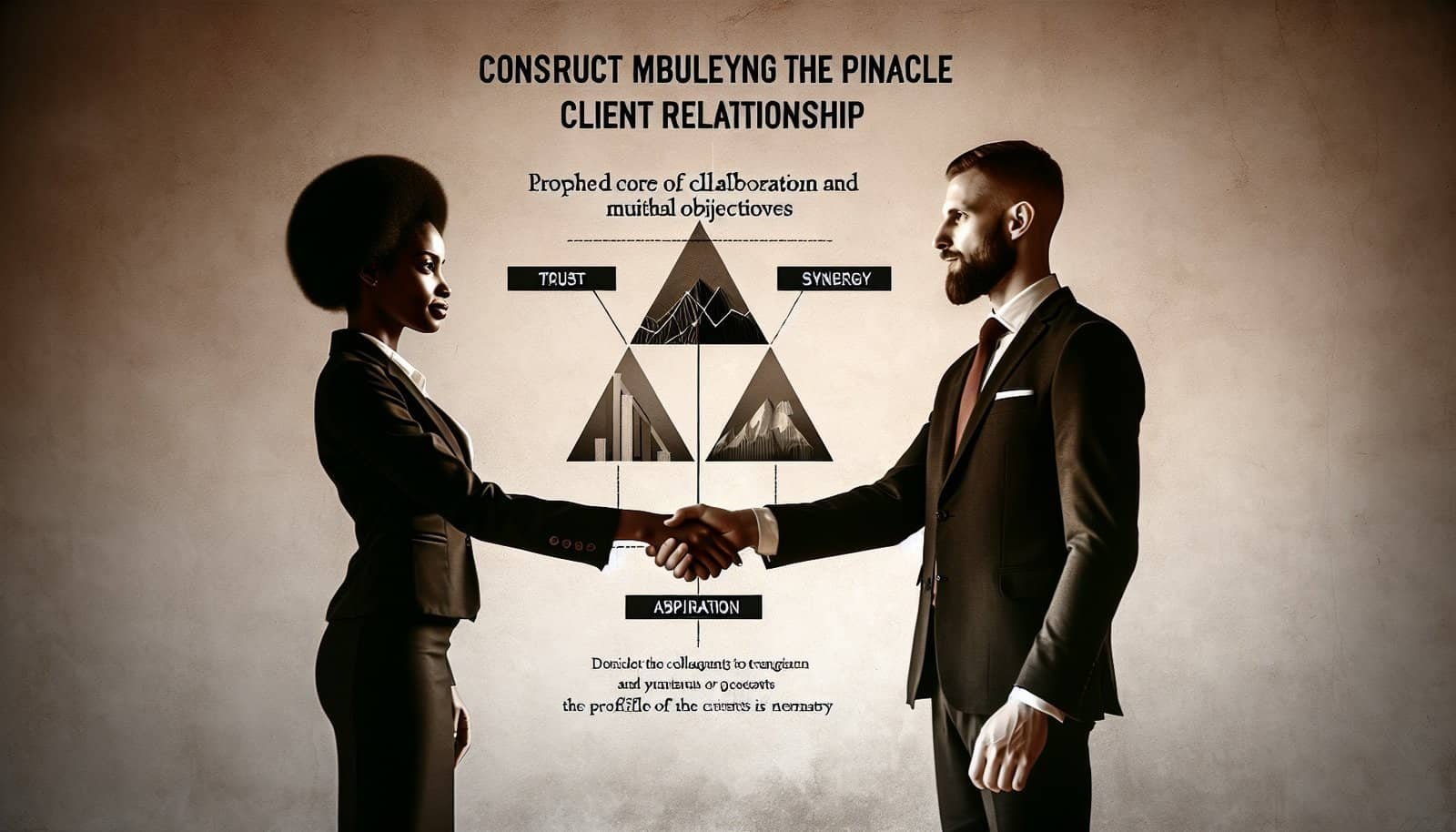Have you ever felt overwhelmed or dissatisfied with the type of clients you’re currently working with? It’s a common concern for professionals who want to align their work with their values and strengths. Understanding what kind of clients you truly want to work with can be a transformative step towards a more fulfilling career. Let’s explore how you can identify these clients and effectively handle challenges such as scope creep.

Understanding Your Ideal Client
The foundation of a successful and satisfying work life often hinges on collaborating with clients who resonate with your values, appreciate your skills, and contribute to your professional growth. This section will help you identify your ideal client profile.
Reflect on Your Values and Strengths
The first step in defining who your ideal clients are is introspection. What core values do you want your work to reflect? Which skills are you most passionate about utilizing? It’s crucial to align with clients who recognize and respect these aspects of your professionalism.
Analyze Past Experiences
Consider previous projects and client interactions. Identify which collaborations felt most rewarding and which drained your energy. Analyzing these experiences provides clarity on what worked well and what didn’t, helping you pinpoint the characteristics of your ideal clients.
Define Your Target Audience
Having a clear understanding of your target audience is crucial. This not only helps in marketing your services but also in attracting clients who need your expertise. Create a detailed profile of your ideal client, including industry, business size, and common challenges they face.
| Criteria | Description |
|---|---|
| Industry | What sectors are you interested in working with? |
| Business Size | Do you prefer working with startups, SMEs, or large corporations? |
| Key Challenges | What problems do you aim to solve for your clients? |
| Values Alignment | What values should your clients hold that align with your own? |
Communicating With Prospective Clients
Once you’ve identified your ideal client, communication becomes key. The way you present your services and interact with potential clients can significantly impact whom you attract.
Crafting a Strong Personal Brand
Your brand is an extension of who you are and what you provide. Ensure your messaging is consistent across all platforms, conveying your skills, values, and the unique offerings you bring to the table.
Establishing Clear Expectations
Setting clear expectations from the outset can prevent misunderstandings. This involves being transparent about your processes, timelines, and the scope of work. Communicate these clearly both verbally and in written contracts.
Managing Client Relationships
Building long-term relationships with your clients is essential for sustained success. This involves ongoing communication, understanding their evolving needs, and sometimes managing difficult situations.
Maintaining Open Lines of Communication
Regular check-ins and feedback loops ensure you and your client are on the same page. Use these opportunities to address any concerns, celebrate successes, and plan future steps.
Handling Difficult Situations with Grace
Not all client interactions will go smoothly. When issues arise, approach them with a problem-solving mindset. Stay calm, listen to your client’s concerns, and work collaboratively towards a solution.
Tackling Scope Creep
Scope creep is a common challenge that can strain both time and resources if not managed properly. Here’s how you can address and prevent it effectively.
What Is Scope Creep?
Scope creep occurs when a project’s requirements increase without corresponding adjustments to budget and timeline. This can happen subtly and grow over time, impacting project deliverables and client satisfaction.
Setting Boundaries and Managing Changes
Setting boundaries is crucial from the beginning. Clearly define the scope in your contract and use it as a reference point. When changes are requested, assess their impact and negotiate terms such as additional fees or extended deadlines before proceeding.
Example Table: Managing Change Requests
| Change Request | Impact on Scope | Negotiated Terms |
|---|---|---|
| New Feature Addition | Extends timeline | Additional charge agreed; deadline extended by two weeks |
| Increase in Deliverables | Requires more resources | Adjusted budget; partial payment requested before proceeding |
Keeping Track of Changes
Maintain a change log to document all requests and modifications made during the project. This not only helps in managing expectations but also serves as a reference in case of disputes.

Leveraging Tools and Resources
The right tools can streamline your client relationship and project management processes, helping you focus on what you do best.
Project Management Software
Using tools like Asana, Trello, or Monday.com can organize tasks, set deadlines, and track progress effectively. These platforms also facilitate communication within the team and with clients, ensuring transparency and accountability.
Contracts and Legal Tools
Leverage software like HelloSign or DocuSign for executing contracts digitally. Ensure every project starts with a signed agreement, outlining scope, payment terms, and project timelines, to protect all parties involved.
Continual Learning and Adaptation
The business world is dynamic, and client needs can shift over time. Staying adaptable and open to learning will keep your client relationships strong and rewarding.
Keeping Up with Industry Trends
Stay informed about trends and innovations within your industry. This positions you as a knowledgeable consultant who provides clients with updated and relevant solutions.
Seeking Feedback for Improvement
Regularly gather feedback from clients about your services. Use this constructive criticism to make improvements, show your clients that you value their opinion, and are dedicated to providing the best service possible.

Conclusion
Understanding the kind of clients you truly want to work with is an empowering process that creates a pathway for professional growth and satisfaction. It requires introspection, strategic communication, and the effective management of challenges such as scope creep. By fostering meaningful client relationships and leveraging tools for efficiency, you can focus on projects that bring out your best, align with your values, and drive you towards your career goals. You’re not just working with clients; you’re building partnerships based on trust, respect, and mutual growth.

